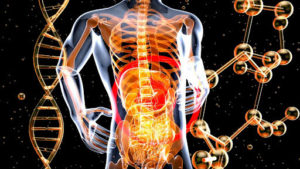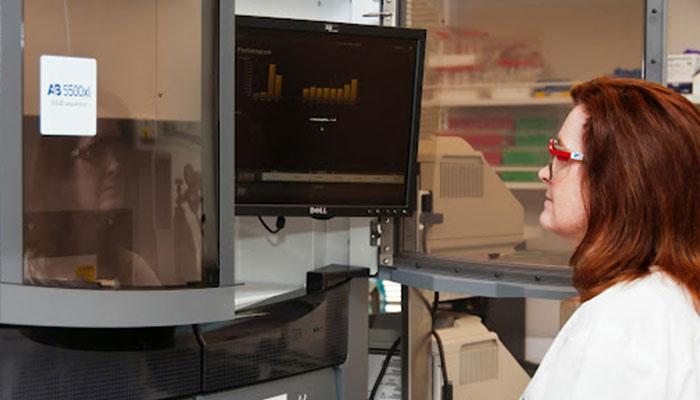Non-alcoholic fatty liver disease is a broad term for conditions affecting the liver of people who drink little or no alcohol. The condition’s name itself implies the excessive amount of fats stored in the liver cells. NAFLD usually happens in overweight and obese people and the early stages are usually not dangerous, however, it can get worse if left untreated.
Some people can develop NASH – non-alcoholic steatohepatitis, which is an aggressive form of the disease and may progress to liver failure or cirrhosis. The damage caused by NASH is similar to the damage caused by heavy use of alcohol.
High levels of fats in the liver increase the risk of additional health problems like high blood pressure, diabetes, and kidney disease.
In this article, we’ll focus on the definition of non-alcoholic fatty liver disease, symptoms, and causes, treatment, and diagnostics. Follow along to learn more.
How Common is NAFLD?
According to statistics, NAFLD affects 25% of people in the world. Most of the affected will not show any symptoms, however, 2-5% will experience some sort of symptoms and complications from the stored fats in the liver.
We’d recommend checking Fibronostics as they use advanced treatments and treatments with neural network-based AI tools to diagnose and prevent the condition in the early stages.
What Are The Symptoms?
Nonalcoholic fatty liver disease symptoms usually show up in the late stages. In the beginning, pain or discomfort in the upper part of the abdomen or fatigue is the most common.
People with advanced stages of the disease display symptoms of an enlarged spleen, red palms, abdominal swelling – known as ascites, enlarged blood vessels under the skin, and jaundice – yellowing of the skin.a
Stages of NAFLD
There are four stages when the nonalcoholic fatty liver disease develops. Most people will experience the symptoms of the first stage, while in a small number of cases, the disease can progress to its final stage and lead to liver damage, and, ultimately failure.
1. Steatosis
The first stage of NAFLD is called steatosis. It’s a harmless build-up of fats that can be diagnosed when the person does other diagnostic methods and tests. This stage is often referred to as a simple fatty liver and there’s no scarring or inflammation at the time.
For many people, the disease stops at this stage and doesn’t progress further if they practice a proper lifestyle like regular exercise or a healthy diet.
2. NASH
The second stage of NAFLD is called NASH – nonalcoholic steatohepatitis. The stage is accompanied by inflammation and scarring and affects 5% of the people. If the tissue being damaged is too high, the liver will struggle to repair the damage and restore its normal functionality, thus a scar remains.
3. Fibrosis
The third stage is known as fibrosis – the liver still functions normally, however, there’s persistent scar tissue in the blood vessels around the liver and the liver cells. Over time, the scar tissue will affect the normal liver functionality and lead to cirrhosis.
4. Cirrhosis
The fourth and final stage of NAFLD is cirrhosis. It’s the stage where most of the symptoms show up and the scar tissue can be hardly removed. People in the final stage of the disease experience symptoms like jaundice and dull ache in the lower part of the abdomen.
Who is at Risk of NAFLD?
People who are overweight or obese have higher risks of developing nonalcoholic fatty liver disease, especially if they have high amounts of fats in the waist. Additionally, those with type 2 diabetes and insulin-resistant people struggle to maintain good health and often develop NAFLD.
If you are struggling with high blood pressure, high cholesterol, a metabolic syndrome, are over the age of 50, or you are a smoker, we’d advise you to take better care of your health and avoid developing NAFLD.

Diagnosis
The NAFLD is mostly diagnosed via blood tests. A common blood test is known as a liver function test that eliminates hepatitis and other liver conditions. Moreover, a simple ultrasound scan of your abdomen can show signs of nonalcoholic fatty liver disease.
If you are diagnosed with NAFLD, further tests might be needed like a Fibroscan or a special blood test to determine the stage and liver damage. Some people might need a biopsy to rule out any malignancy.
Treatment
Most people will not display any symptoms in the early stages, but if NAFLD is diagnosed, certain steps must be taken to maintain good health. Treatment may be recommended for diabetes, high blood pressure, or cholesterol, as well as regular appointments with your physician.
Take Good Care of Your Health
Although it sounds scary, you can make small lifestyle changes to reduce the risk of being diagnosed with NAFLD. You can aim to lose weight if you are overweight and maintain a healthy BMI, exercise regularly and eat a healthy diet, stop smoking, and have a higher water intake.
Taking these steps will not only help your liver health, but your overall well-being too. For more health and wellness articles, check out the rest of the guides within our blog.


















